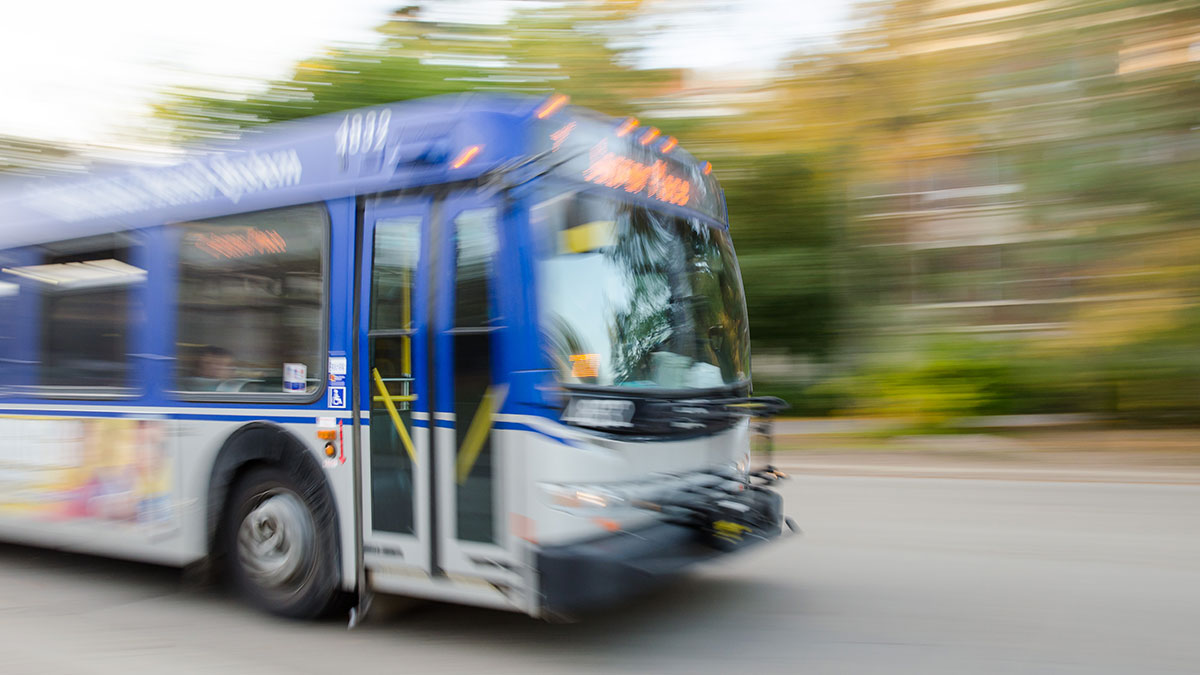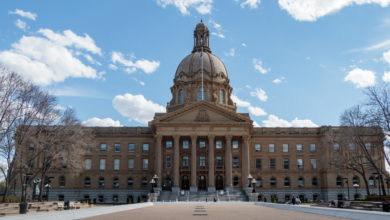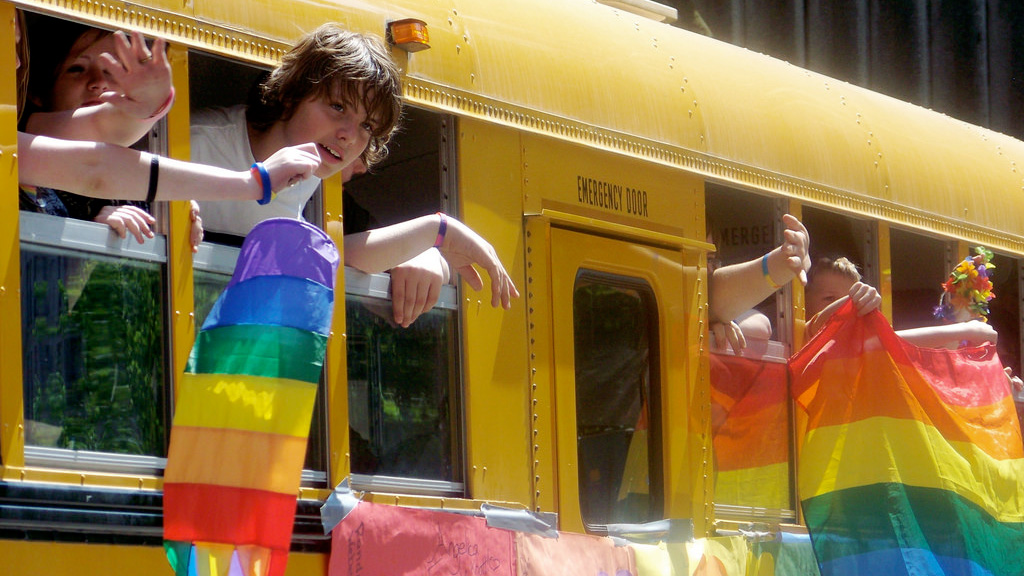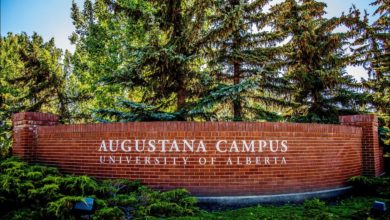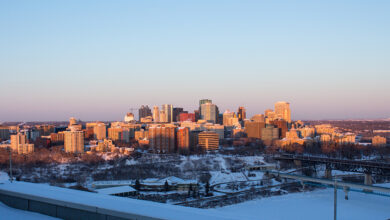Edmontonians know the drill when winter comes — get the winter tires on, pull out the coats and boots, and prepare for chilly days. Although winter is nothing new, the first signs of it always seem to bring pandemonium to the city.
The first major snowfalls can be stressful for some people, along with the reality of facing winter barriers like piled snow, ice, and frigid temperatures. More importantly, these things directly impact transit accessibility. Although winter is inevitable, the city can make sure transit stays accessible by properly funding essential services and resources. Although there is an effort to ensure transit remains accessible during the winter, there is still a ways to go.
Edmontonians rely on public transit year-round, but in the winter it is especially important. Winter conditions make for slick roads, and snow barriers at bus stops. The city must ensure these problems are addressed so that taking transit in the winter is not difficult — especially for specific groups of people. That’s why the resources that go into snow removal in the city are extremely important. Having piles of compacted snow on the roads and sidewalks imposes accessibility issues for both vehicles and people.
In October, Mayor Amarjeet Sohi proposed reinstating a snow removal budget of $5 million. If reinstated, the budget would aim to increase snow removal at bus stops and public amenities. Currently, these areas are cleared within 22 days. However, if the budget is approved, areas would be cleared within 14 days. More specifically, it hopes to clear walking paths in a somewhat timely manner.
Reinstating this budget would show that the city is trying to do better in terms of snow removal. However, 14 days is still a long time to wait for snow removal in high-priority areas like bus stops and public spaces. This may not be timely enough for some people in our city, and it shouldn’t be.
When it comes to taking public transit, accessibility is extremely important. People should be able to get to their destinations without the barriers that come with winter — especially in areas where upkeep responsibilities fall on the city. As well, disabled people, seniors, caretakers, and other vulnerable groups need extra assistance during the winter, and may require additional support when it comes to transit. Actions such as promptly cleared bus stops and accessibility ramps are vital. We must hold the city accountable for making sure that these extra supports and resources are in place for Edmontonians, so that public transit remains accessible for all. For most people, having snow in the way is a mild annoyance in their day-to-day life. Some people on the other hand, not so much.
Other vulnerable groups require assistance during winter too. One service the city is implementing is a new overnight bus route that will transport vulnerable Edmontonians to downtown shelters. This new service ensures that those who require additional support in the winter receive it.
However, the bus route will not run during the day. Departures will only run at night until March 31. This bus route is a step in the right direction. However, how can the initiative be fully effective if it does not run all-day? Those who need the support of shelters should be able to get to them as often as they can — the needs of the vulnerable don’t stop existing during the daytime. They shouldn’t have to wait until the sun goes down to safely get there. This service is helpful for now, but the city can do better.
A new feature implemented by the city is the snow clearing map. It lets you see the active location of snow plows, cleared roads, and prioritized roads. The map includes a Winter Priority Loop, which shows bike lanes, city facilities, LRT stations, and paved trails classified under Priority 1 in the downtown area. However, the Winter Priority Loop does not include sidewalks, wheelchair ramps, stairs, sidewalks, and parking lots that are not directly in the downtown area.
In other words, only central Edmonton is prioritized when it initially snows. This means that important transit areas fall under Priority 2. They’re cleared within three days of snow, as opposed to 24 hours like in the Winter Priority Loop. While it may not seem that long, that is three full days of physical barriers for people. We cannot expect someone in a wheelchair to wait for cleared sidewalks and accessibility ramps. Getting to your destination should not be difficult. While the snow clearing map might be beneficial for people to decide which roads to take or avoid, there is still the issue of these non-priority areas being pushed to the side.
For some people, cleared ramps, bus stops, and sidewalks are a necessity for going about their daily life. Not clearing these areas in a timely manner disregards them. They deserve to get around the city as easy as everyone else. The groups that require accessibility should not have to ask for it.
Edmontonians know that the cold weather can be brutal at times, and we prepare as much as we can. Yet every year the city is inconsistent about how it deals with the snow, ice, and frost. There are certain groups in the city that rely on accessible options. They shouldn’t have to struggle everyday because the city does not prioritize their needs.
It’s up to the city to prepare for winter weather and conditions. It also must prioritize transit accessibility, in a timely manner. This way, winter is a little bit easier for all — especially for those who need a bit of extra help.

